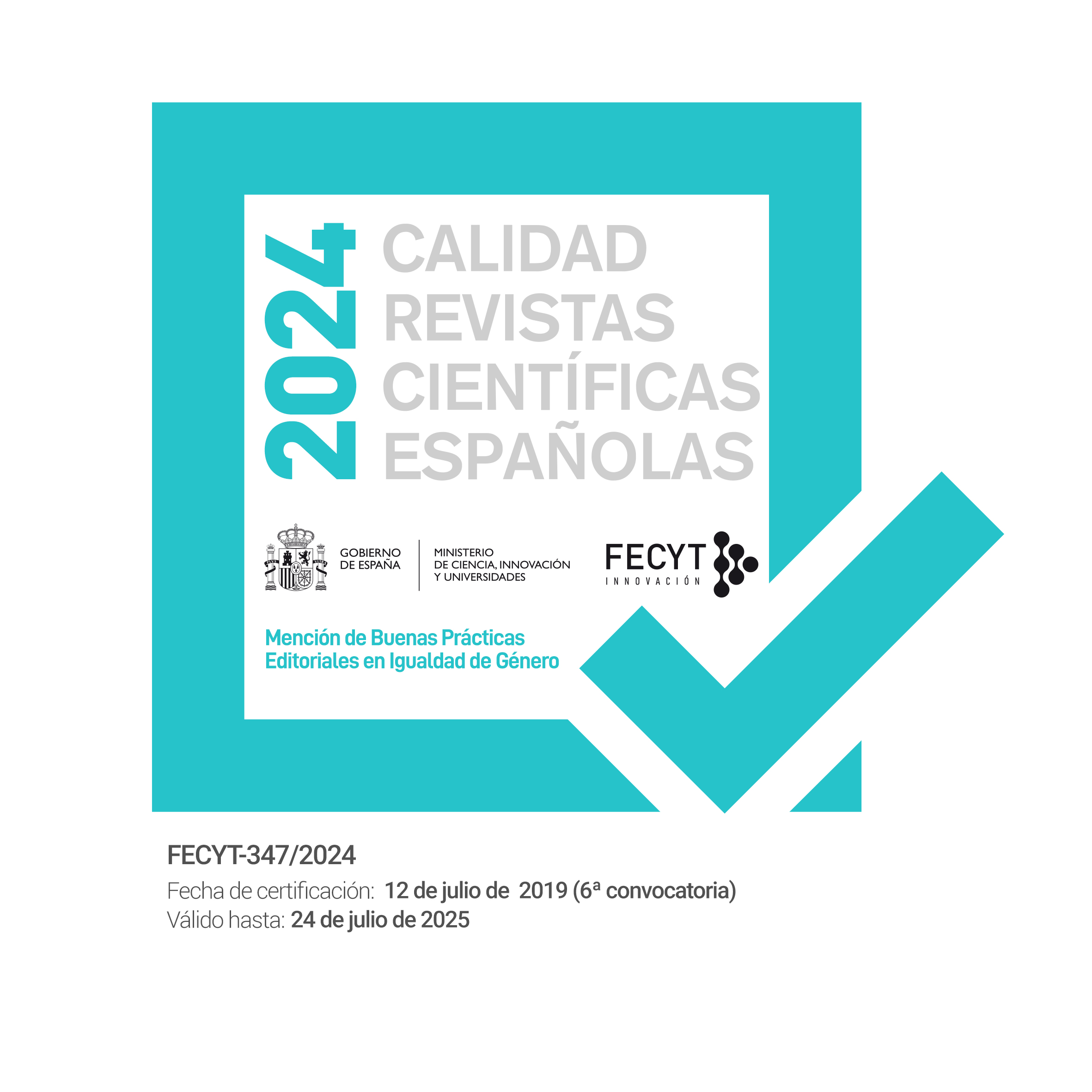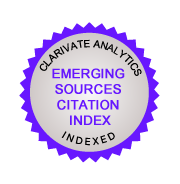Lazaretos, historia y proyectos en la Real Academia de Bellas Artes de San Fernando (II)
DOI:
https://doi.org/10.5944/etfvii.16.2003.2407Abstract
Aunque su interés ya lia sido expresado en la primera parte del tema, aquí se trata de conjugar la aproximación histórica, acerca del lazareto, establecida por la historiografía, con la relevancia y características de unos proyectos arquitectónicos. En los que destacan los manuscritos escritos por los arquitectos y la importante parte gráfica de sus planos. Con el análisis de esas fuentes documentales se pretende mostrar la imagen académica y también la tipológica. Todos ellos son eslabones de nuestra arquitectura en las décadas centrales del siglo XIX.
Although interest has already been expressed in the first part of this article, here the aim is to combine the histórica! details about the lazareto, which have been discovered by studying history, with the relevance and characteristics ofsome architectural projects. Amongst these projects, manuscripts written by architects and their important plans, stand out the most. By analysing these documents one aims to show both the academic image and also the model. These are all links to our architecture from the middie ofthe 19t century.
Downloads
Downloads
Published
How to Cite
Issue
Section
License
Authors who publish in this journal agree to the following terms:
- Authors retain copyright and grant the journal right of the first publication with the work simultaneously licensed under a license Creative Commons Reconocimiento-NoComercial 4.0 Internacional that allows others to share the work with an acknowledgement of the work's authorship and initial publication in this journal.

- Authors are able to enter into separate, additional contractual arrangements for the non-exclusive distribution of the journal's published version of the work (e.g., post it to an institutional repository or publish it in a book), with an acknowledgement of its initial publication in this journal.
- Authors are permitted and encouraged to post their work online (e.g., in institutional repositories or on their website) prior to and during the submission process, as it can lead to productive exchanges, as well as to earlier and greater citation of the published work (See The Effect of Open Access).








